This weekend, SVH/Ayni Wasi led Ollantaytambo in joining hundreds of cities worldwide in the first ever Global Day of Action for the Right to Health. The day was coordinated by Article 25, an organization devoted to advocating for a human-rights-based approach to healthcare. Today, global health disparities cause 20 million deaths every year. At SVH/Ayni Wasi, we work with populations that are directly affected by these disparities; the rural, indigenous populations we serve have poorer health than urban populations within Peru.
The people we serve typically live far from clinics and experience additional barriers to access due to poverty and discrimination against indigenous people. However, Peruvian governmental studies do not make disaggregated data (data stratified by demographic features like gender, rural/urban residence, socioeconomic status, etc.) available publicly.[1] This makes it difficult for non-governmental organizations to monitor differences in disease prevalence or health outcomes across key demographic groups. More symbolically, it means that marginalized subsets of the population, like sparsely populated rural communities, often get hidden in the data.
Our Article 25 action sought to make visible the concerns of those concealed in the data. We set up a participatory art display in Ollantaytambo’s central plaza to showcase the health wishes of people from the Cusco region, including those of the Ayni Wasi promotoras (community health workers). We exhibited the promotoras’ photographs representing health inequities they face. We also encouraged visitors to display their health wishes on the wall, and engaged them in conversations about health in their home communities.

“As a promotora, I can treat my neighbors but it doesn’t make much sense if they just go back to their houses and drink water that’s going to make them sick.”– Promotora Teresa from the community of Huilloc
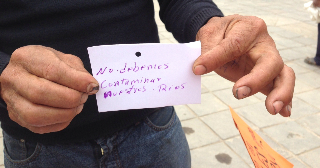
“Health is something we all deserve,” one man from Ollantaytambo told me. “Yet many of the altoandina communities are neglected by government health promotion programs.”
SVH/Ayni Wasi staff informed interested passersby about our work to reduce health disparities through the Promotora Program. Some folks from the communities we serve proudly called out their promotora’s name; some told us anecdotes about how the promotora had attended to them in the past. Others from outside the Ollantaytambo District asked us if we could expand our programming to reach their communities.
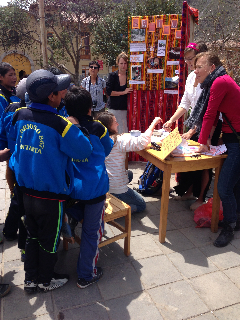
The day health disparities cease to exist is still far away. Closing the health gap is a progressive endeavor that depends in part on small actions and individual shifts in consciousness to sustain its momentum. By amplifying the voices of rural Andean communities, we’re pushing the movement forward.
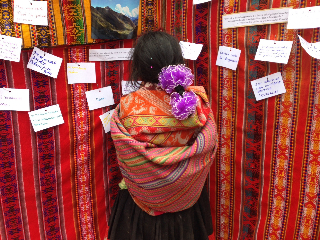
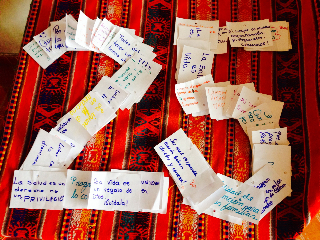
Want to know what others did and are continuing to do to support the right to health? Check Article 25’s Flickr page, where they posted Global Day of Action photos from Afghanistan to Zimbabwe.
– Written by Courtney Weintraub
[1] Backman, Gunilla, et al. “Health systems and the right to health: an assessment of 194 countries.” The Lancet 372.9655 (2008): 2047-2085.
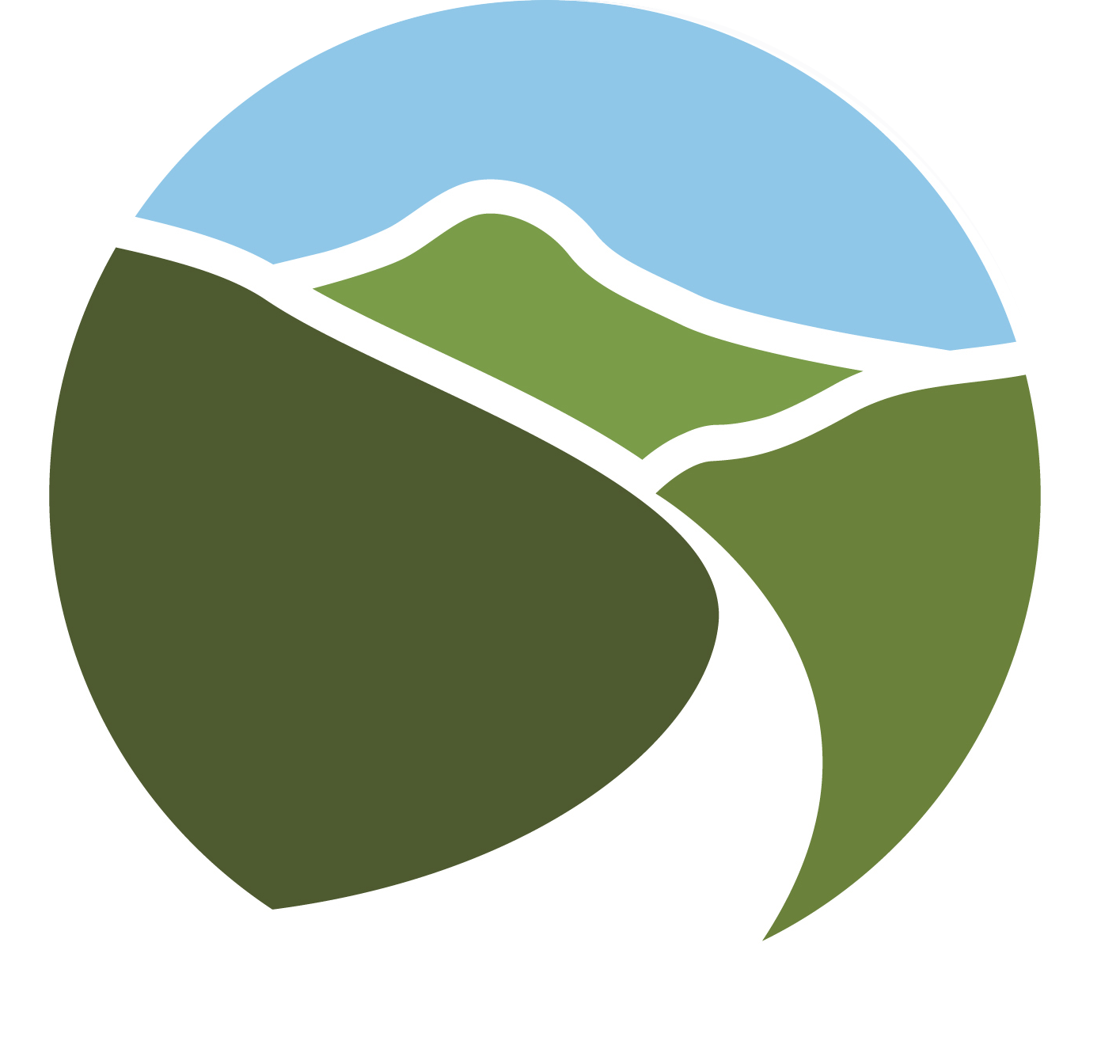
Hola Courtney, good to read your article and to hear that Ollantaytambo is at the forefront of this project. I have spent time in 2013 living in this exquisite town and grew a great fondness for its people, I currently write in story form about my experience there. V inspiring journey for me. I will stay tuned.